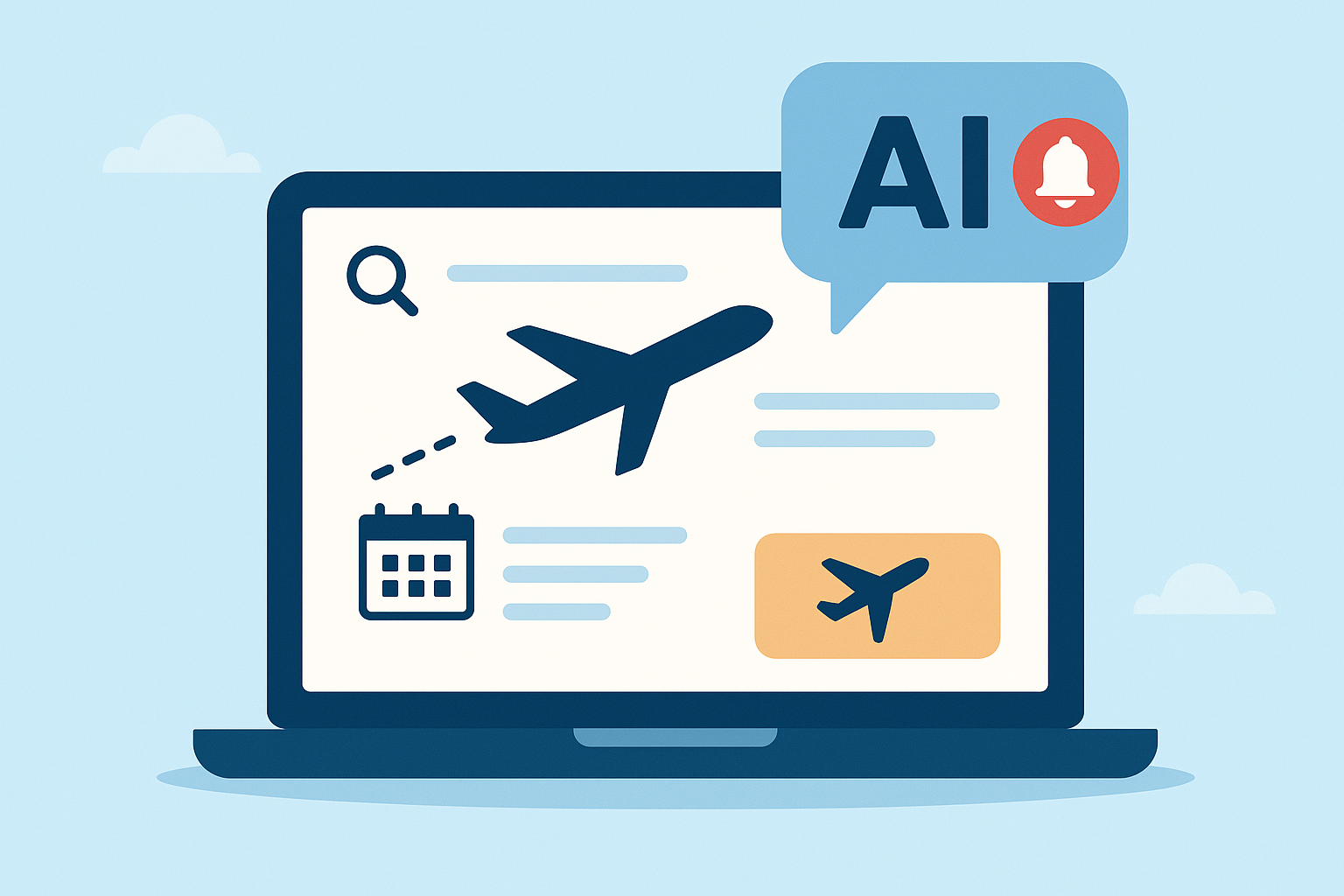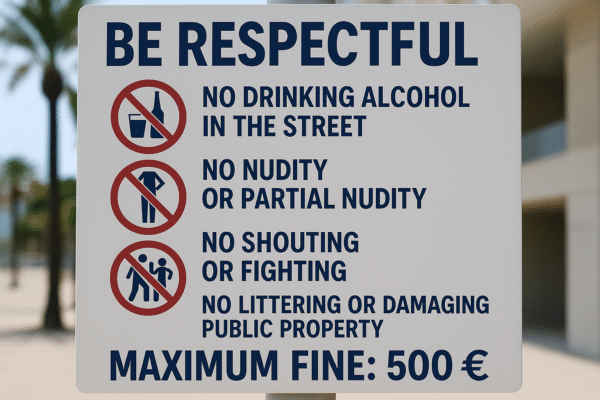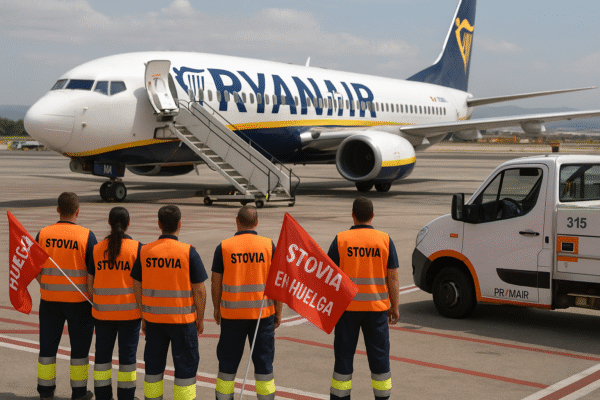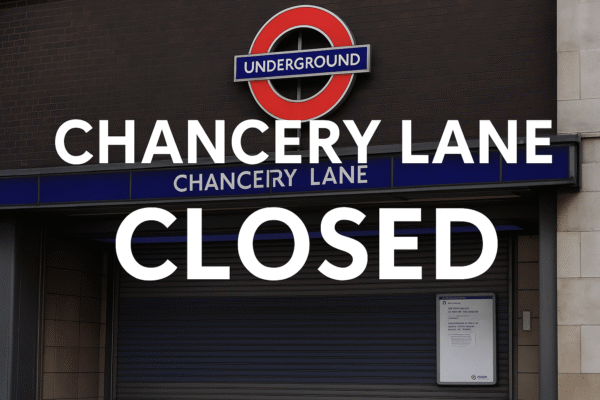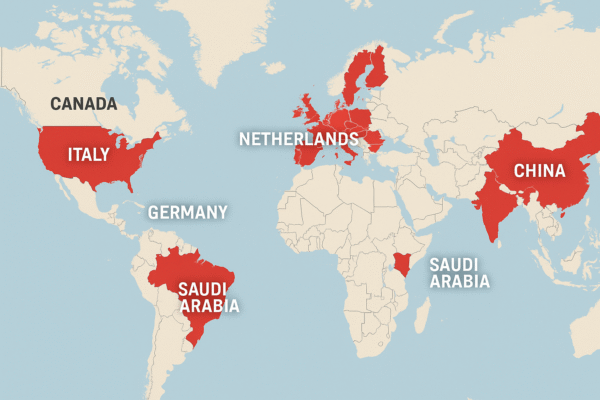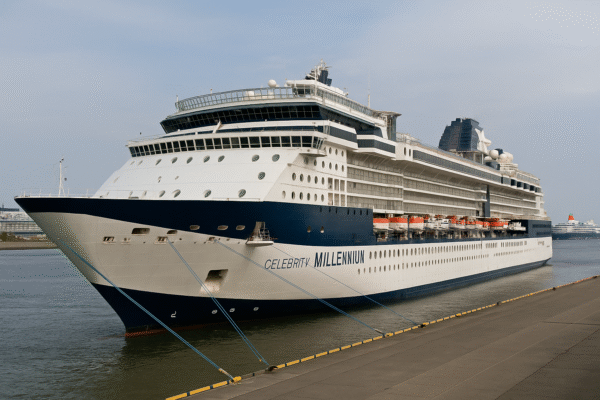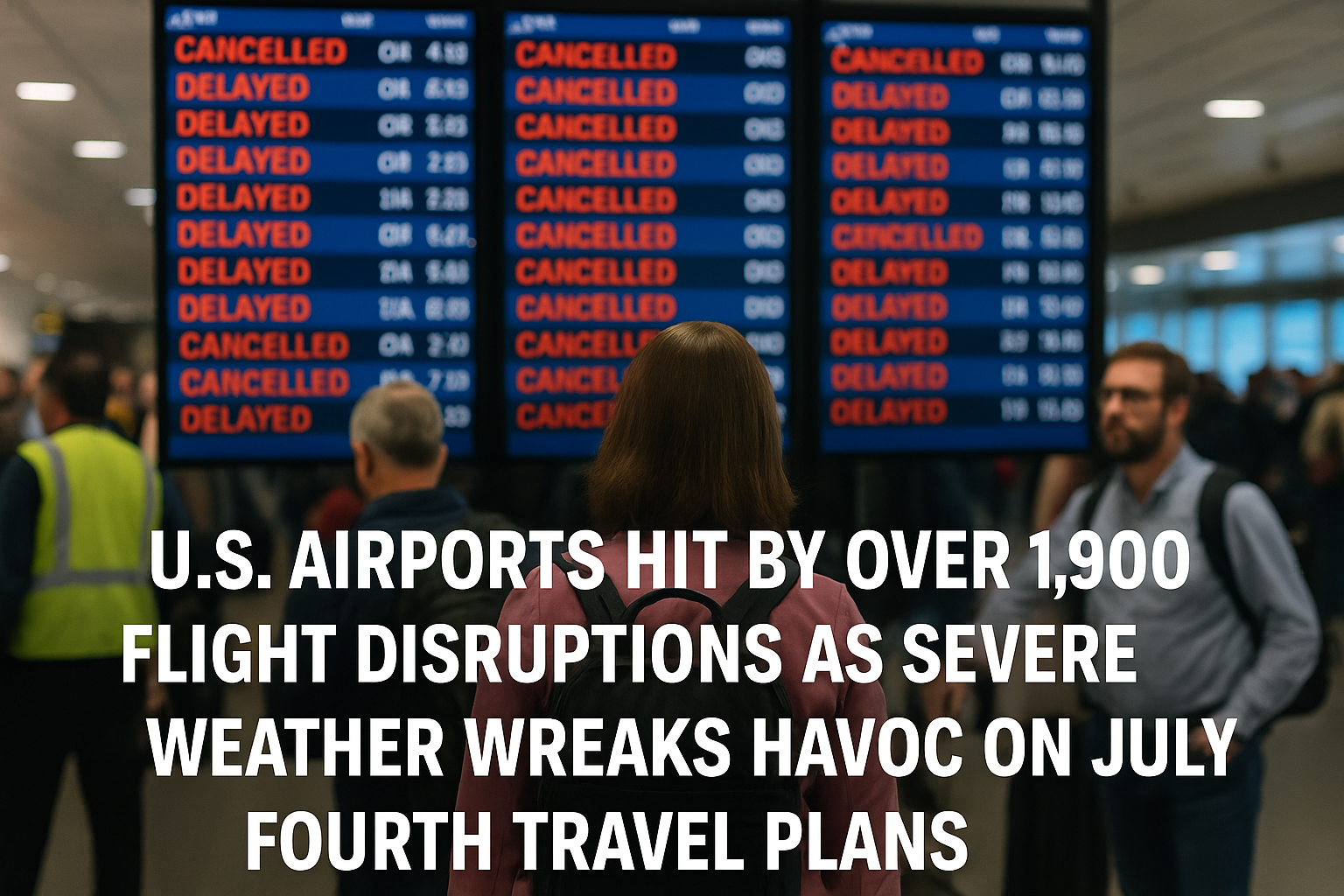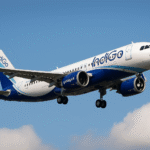The United States’ summer air travel network was thrown into disarray as severe weather caused the delay and cancellation of more than 1,900 flights nationwide, just as millions of Americans prepared to fly for the Independence Day weekend. From the East Coast to the West, airports including Newark (EWR), Philadelphia (PHL), San Francisco (SFO), and Reagan National (DCA) were hardest hit, triggering mass disruptions across airlines such as United, Delta, American, JetBlue, Alaska, Spirit, and Southwest.
The combination of thunderstorms, lightning strikes, fog, and flash floods created a domino effect, impacting airline operations during one of the busiest periods on the U.S. travel calendar. Terminals were packed, runways were intermittently shut down, and flight crews struggled to maintain tight summer schedules.
Newark Liberty Faces Major Gridlock as United Hit Hard
At Newark Liberty International Airport, United Airlines—which operates its second-largest hub there—bore the brunt of the disruptions. The airport reported 189 flight delays and 25 cancellations, with United accounting for 48 delays and 11 cancellations. Its regional partners, Republic Airways and GoJet, also experienced cascading delays.
Travelers at Newark described scenes of confusion, overcrowded terminals, and hours of waiting without rebooking clarity. Flights to major cities like Chicago, Atlanta, and Toronto were delayed or canceled outright due to persistent lightning warnings.
American Airlines Stalled in Philadelphia as Storms Hammer Operations
At Philadelphia International Airport, American Airlines and its affiliate PSA Airlines faced severe operational setbacks. The airport logged 141 delays and 28 cancellations, with American alone seeing 43 delays and 10 cancellations.
Ramp operations were halted multiple times due to lightning and rain, forcing ground crews off the tarmac. As passengers remained grounded inside aircraft or stuck in terminals, inbound international flights from Canada and Mexico were also affected, held in holding patterns or diverted.
San Francisco Battles Fog and Storm Fronts
San Francisco International Airport (SFO), already notorious for fog-related slowdowns, faced the added challenge of a Pacific storm front. The result: 138 delays and 9 cancellations, particularly for United Airlines’ transpacific routes and Alaska and JetBlue’s regional flights to the Pacific Northwest and California.
Flights from Asia and the Middle East were either delayed or rerouted to Los Angeles and Seattle as SFO temporarily closed one runway due to high crosswinds and low visibility. Travelers to and from destinations like Tokyo, Seoul, and Dubai experienced 2–4 hour delays.
Reagan National in D.C. Sees Widespread Shutdowns
In Washington D.C., Reagan National Airport (DCA) logged 135 delays and 28 cancellations as violent thunderstorms battered the Mid-Atlantic. Republic Airways, PSA Airlines, and JetBlue were among the most disrupted. Lightning ground stops and wind shear made conditions unpredictable, with many flights aborted mid-approach or forced into holding patterns.
Atlanta and New York Airports Among Worst Hit
Hartsfield-Jackson Atlanta International Airport (ATL), Delta Air Lines’ flagship hub, recorded 338 delays and 37 cancellations, the highest in the nation. Delta faced gridlock with delayed pushbacks, grounded planes, and overwhelmed gates.
In New York, LaGuardia (LGA) and JFK International (JFK) also faced major setbacks. LaGuardia saw 215 delays and 48 cancellations, primarily affecting regional operators like Republic Airways and Endeavor Air. JFK dealt with 160 delays and 38 cancellations, including significant holdups for JetBlue, American, and several long-haul international carriers.
Boston Logan, DFW, and Others Not Spared
Boston Logan (BOS) reported 204 delays and 14 cancellations, largely impacting JetBlue and Cape Air, both highly dependent on weather-sensitive regional operations. Meanwhile, Dallas-Fort Worth (DFW) logged 202 delays and 12 cancellations, primarily among American Airlines routes, with ripple effects felt in Houston, Denver, and Phoenix.
Canadian Carriers Affected by U.S. Weather Ripple
Cross-border flights operated by Air Canada and WestJet faced delays of up to three hours on routes to Newark, Philadelphia, and San Francisco. Canadian airports including Toronto Pearson and Montreal-Trudeau reported cascading delays due to U.S. weather-related gate slot shortages.
Airlines Issue Waivers, Urge Flexibility
In response to the chaos, most major airlines—including United, Delta, American, JetBlue, and Southwest—issued travel waivers, allowing fee-free rebooking for affected passengers. However, customers continued to report long support wait times, app outages, and limited rebooking options due to near-full flights.
The TSA also reported peak delays at security checkpoints, with travelers at some terminals experiencing wait times exceeding 90 minutes. Officials urged flyers to arrive at least three hours early and monitor their airline apps for real-time updates.
More Storms Ahead: Travelers Advised to Brace for Continued Delays
With the National Weather Service forecasting continued storm activity through the weekend—including threats of tornadoes in the Midwest and flash flooding on the East Coast—the likelihood of further cancellations remains high.
For passengers hoping to travel over the extended July Fourth weekend, experts advise preparing for disruptions, booking early morning flights, and avoiding tight connections through major hubs.
This week’s massive wave of weather-driven flight chaos has tested the resilience of U.S. aviation systems. As travel demand soars, the storms serve as a reminder of just how fragile air travel remains when nature intervenes.
For more travel news like this, keep reading Global Travel Wire

